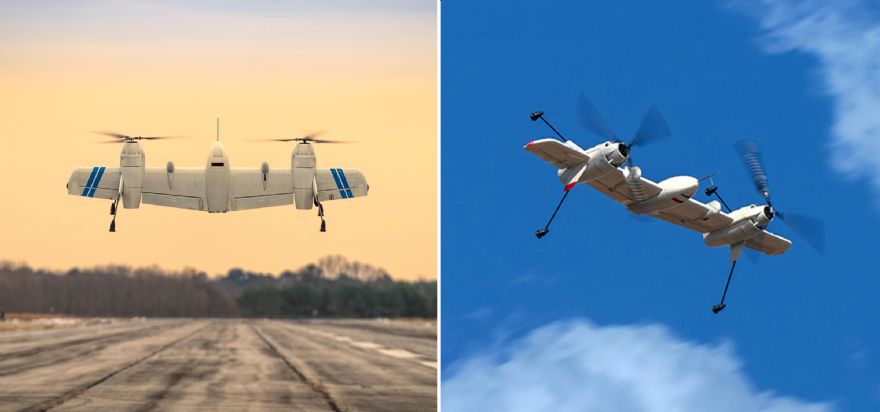 Sikorsky
Sikorsky, a
Lockheed Martin company, has successfully flown a ‘rotor blown wing’ uncrewed aerial system (UAS) in both helicopter and aeroplane modes. Powered by batteries, the 52kg battery-powered twin-prop-rotor prototype demonstrated ‘operational stability and manoeuvrability across all flight regimes’; it also showed the potential to scale the vertical take-off and landing (VTOL) design to larger sizes requiring hybrid-electric propulsion.
Rich Benton, Sikorsky’s vice president and general manager, said: “Combining helicopter and aeroplane flight characteristics onto a flying wing reflects Sikorsky’s drive to innovate next-generation VTOL UAS aircraft that can fly faster and farther than traditional helicopters. Our rotor blown wing platform is a prime example how we are leveraging the breadth of our 102-year aviation heritage to develop new designs that meet the emerging missions of commercial and military operators.”
Sikorsky Innovations, the company’s rapid prototyping group, is heading the project to develop and mature the rotor blown wing design. In just over a year, Sikorsky Innovations has progressed through preliminary design, simulation, tethered and untethered flight to gather aerodynamic, flight control and quality data. In January 2025, and with the 10.3ft composite wingspan aircraft, Sikorsky Innovations successfully completed more than 40 take-offs and landings, and 30 transitions between helicopter and aeroplane modes.
Igor Cherepinsky, Sikorsky Innovations’ director, added: “Our rotor blown wing has demonstrated the control power and unique handling qualities necessary to transition repeatedly and predictably from a hover to high-speed wing-borne cruise flight, and back again. New control laws were required for this transition manoeuvre to work seamlessly and efficiently, and the data gathered indicates we can operate from pitching ship decks and unprepared ground when scaled to much larger sizes.”
Applications of future UAS rotor blown wing aircraft include search and rescue, firefighting monitoring, humanitarian response, and pipeline surveillance.